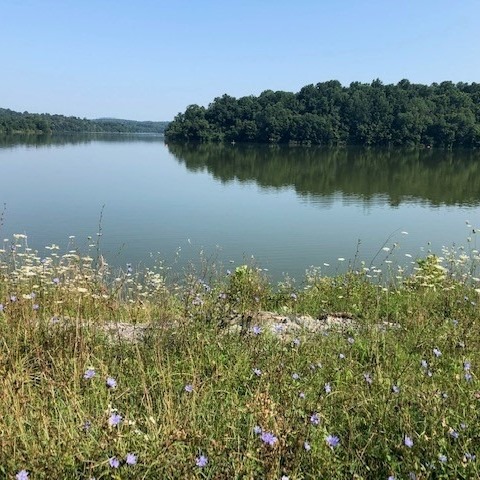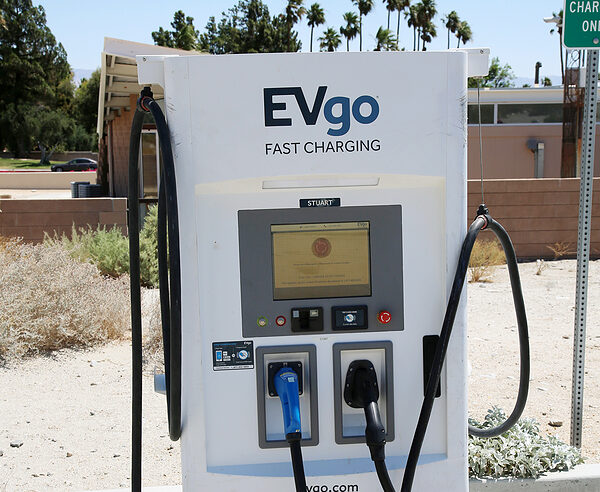Agreement Will Lead to Restoration of Marsh Creek Lake

The Pennsylvania Department of Environmental Protection (DEP) announced Thursday it has approved Sunoco Pipeline LP’s (Sunoco) request for a major permit amendment for restoration activities after a spill of drilling fluid near Marsh Creek State Park in Chester County.
The restoration activities are required under the terms of a Consent Order and Agreement (COA) entered into between DEP, the Pennsylvania Department of Conservation and Natural Resources, and Sunoco on December 6, 2021, after Sunoco spilled approximately 8,000 gallons of drilling fluid that impacted a wetland, two tributaries, and Marsh Creek Lake in August 2020.
The accident happened during construction of the Mariner East 2 pipeline, which is now complete.
As outlined in the COA, Sunoco is required to dredge portions of the lake to remove drilling mud and sediment present as a result of the spill.
That amendment was requested to support the dewatering of sediment dredged from Marsh Creek Lake. Sunoco requested a 4.06-acre increase to the limit of disturbance to conduct those activities. Upon completion of the project, all areas will be restored.
The DEP additionally issued Sunoco a Temporary Discharge Authorization associated with the dredging and dewatering activities which will allow Sunoco to return water to the lake after it has been processed.
“While steps were taken to protect natural resources immediately after the spill occurred, DEP, in coordination with a number of federal and state agencies, pursued a binding agreement to ensure a thorough and complete cleanup of the lake,” said DEP Southeast Regional Director Pat Patterson. “The level of oversight, involvement, outreach, and coordination has been unprecedented, but has been necessary in order to restore this area.”
In accordance with their Impact Assessment and Restoration Plan for Ranger Cove, Sunoco and its third-party contractors commenced this week with turtle trapping to relocate Northern Red Belly Cooters, a state-listed threatened species of turtle, from the identified work areas. Turtle traps will be baited and deployed for a period of 20 days and will be monitored once per day; captured turtles will be released into another part of the reservoir before the dredging commences.
Additionally, a turbidity curtain will be installed to prevent turtles from entering the project area. Sunoco received the necessary clearances from the Pennsylvania Fish and Boat Commission and U.S. Fish and Wildlife Service before beginning the activities.
The Pennsylvania Energy Infrastructure Alliance had testified at a hearing on the matter. “Pipeline construction can be disruptive. But once that construction finishes and restoration occurs, hardly anyone even knows that a pipeline exists beneath their feet, except for a few above-ground markers,” said Kurt Knaus, spokesman for the Pennsylvania Energy Infrastructure Alliance. “Work on Mariner East has finished. With this permit, the restoration work can finish quickly, too. From both an environmental and economic standpoint, Pennsylvania is finally starting to realize the full benefits of this important energy infrastructure project.”
Rep. Danielle Friel-Otten (D-Exton), who represents the Marsh Creek area and has been very vocal in her opposition to the pipeline, did not respond to a request for comment.
Follow us on social media: Twitter: @DV_Journal or Facebook.com/DelawareValleyJournal




